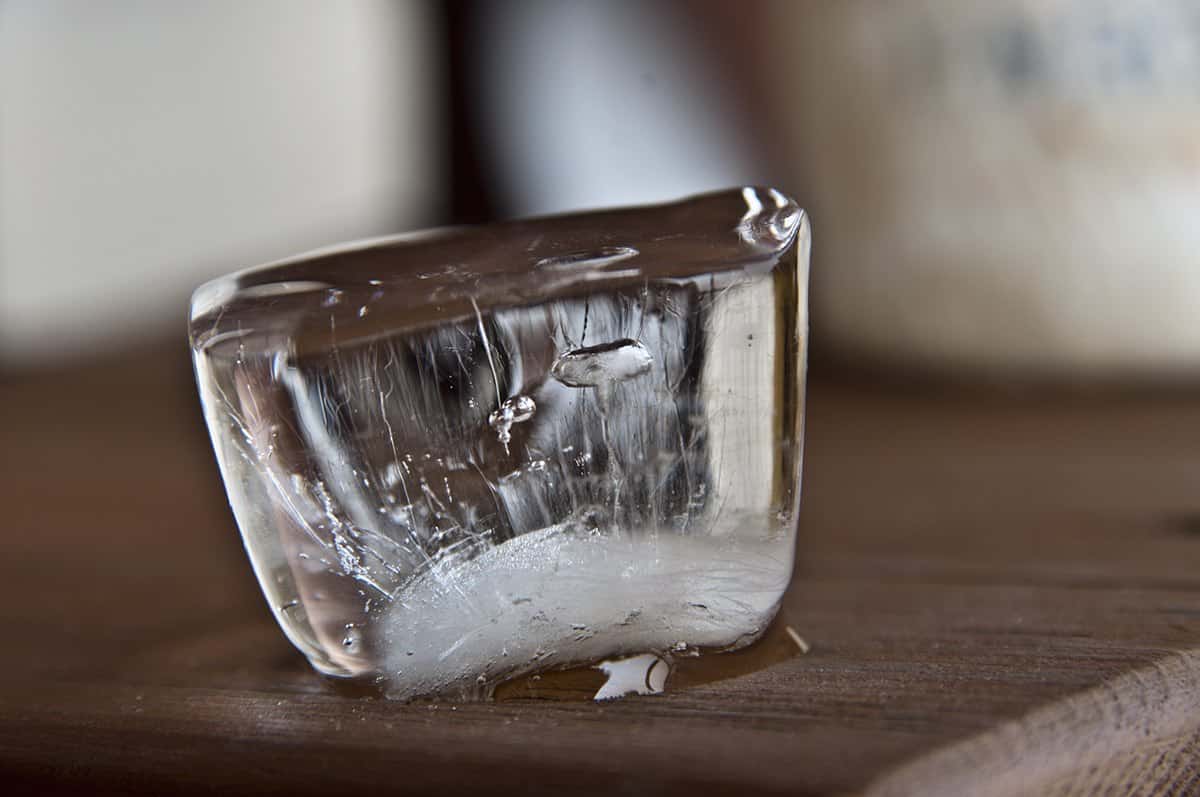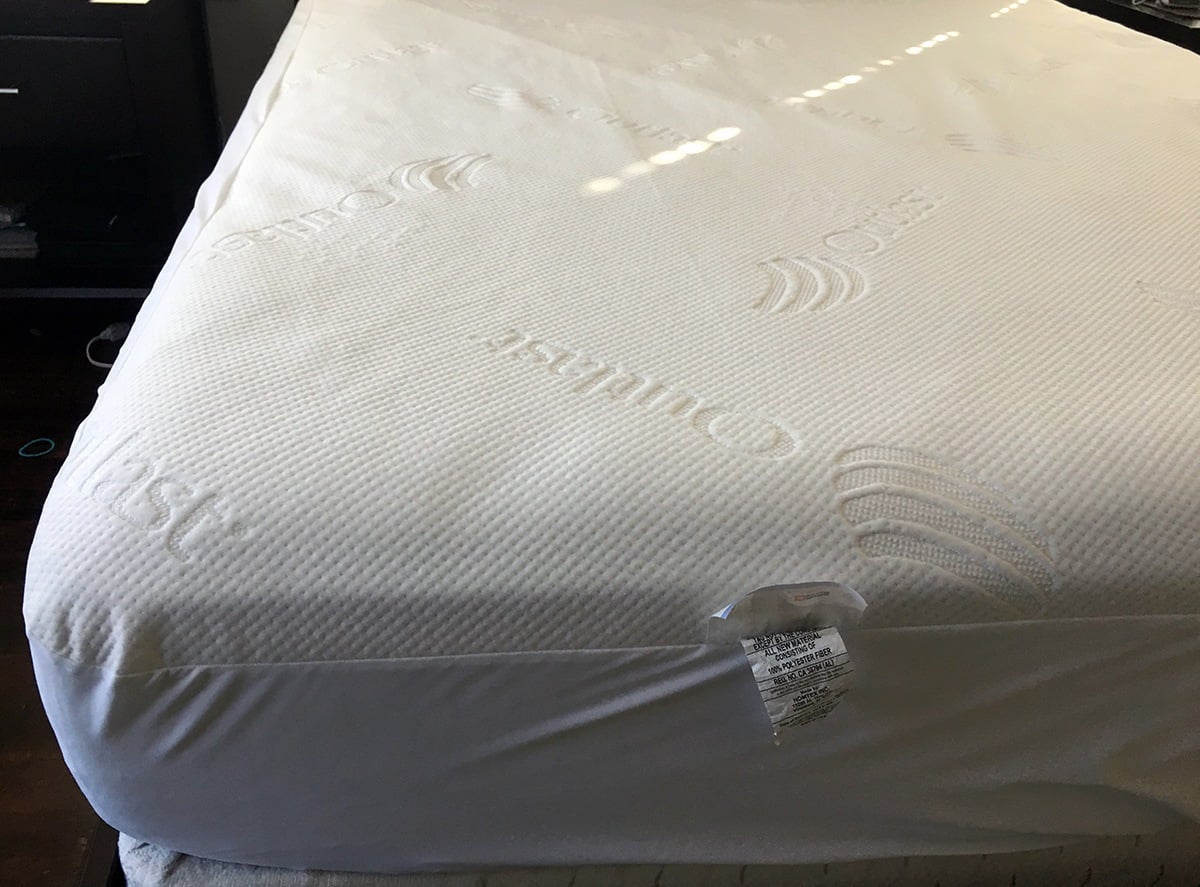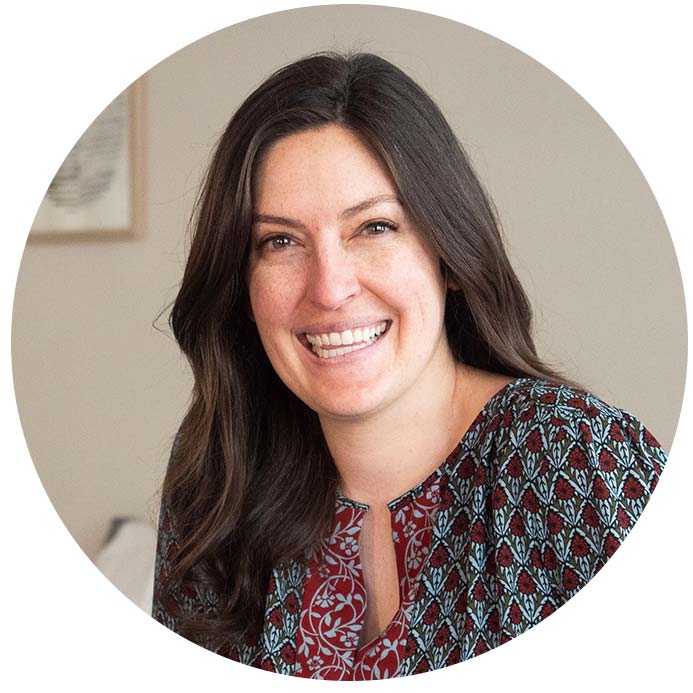You may have noticed an increasing number of mattresses, mattress protectors and other bedding products promising to control your body temperature and keep you comfortable and cool all night long.
What magic is this? The technology behind these thermo-regulating products has to do with phase change materials (PCM’s). PCM’s have grown increasingly popular for their energy efficient properties.
The Science Behind PCM’s.
Just like its name, phase change materials are substances that change from one phase – liquid, solid or vapor – to another phase depending on their temperature.
A natural PCM is water/ice. When the temperature dips down to freezing (32 degrees Fahrenheit), water freezes into ice. When we put ice into our drink, it melts in its attempt to stabilize the temperature and keep the drink cold.
PCM’s are popular in all types of products because they can absorb/release large amounts of energy and keep a consistent temperature.

Researchers and engineers are utilizing the power of PCM’s in a wide variety of applications, from energy efficient refrigerators and construction material to performance textiles and mattresses.
You can check out this PBS article for an even more in-depth look into PCM’s.
How Does PCM Work In My Bedding?
You may see several brands who sell sleep products with temperature regulating technology and phase change materials. These brands may be utilizing technology from companies that work with PCM, like Outlast. I would like to use Outlast as an example of how PCM will make its way to your sleep products.
Outlast phase change materials can be found permanently enclosed in fibers, which are spun into yarn and then used to make thermo-regulating mattresses, sheets, and other bedding items. They can come in popular fabrics like Acrylic, Viscose, and Polyester.
On a very basic level, the PCMs that Outlast uses are designed to absorb body heat that you release during the night. Say you naturally sleep hot, are prone to night sweats or have a mattress that doesn’t breathe well, the PCM will pull that excess heat away from your body and store it.
Then, as your body temperature lowers and you cool off, the PCM will release heat to keep your body at a designated temperature. This way you are staying stable and comfortable all night.

Yes, technically it’s a little more complicated than that – you can read the more detailed version here.
More and more brands are considering adding this type of technology to their bedding line in an effort to keep their customers cool and well rested. Bedding company Slumber Cloud uses Outlast technology in their thermo-regulating products, including their Dry Line mattress protector. Nest Bedding just introduced a phase-change cover on all its mattresses.
If you are prone to sleeping hot, then trying to find a bedding product with phase-change material may be a great choice.

